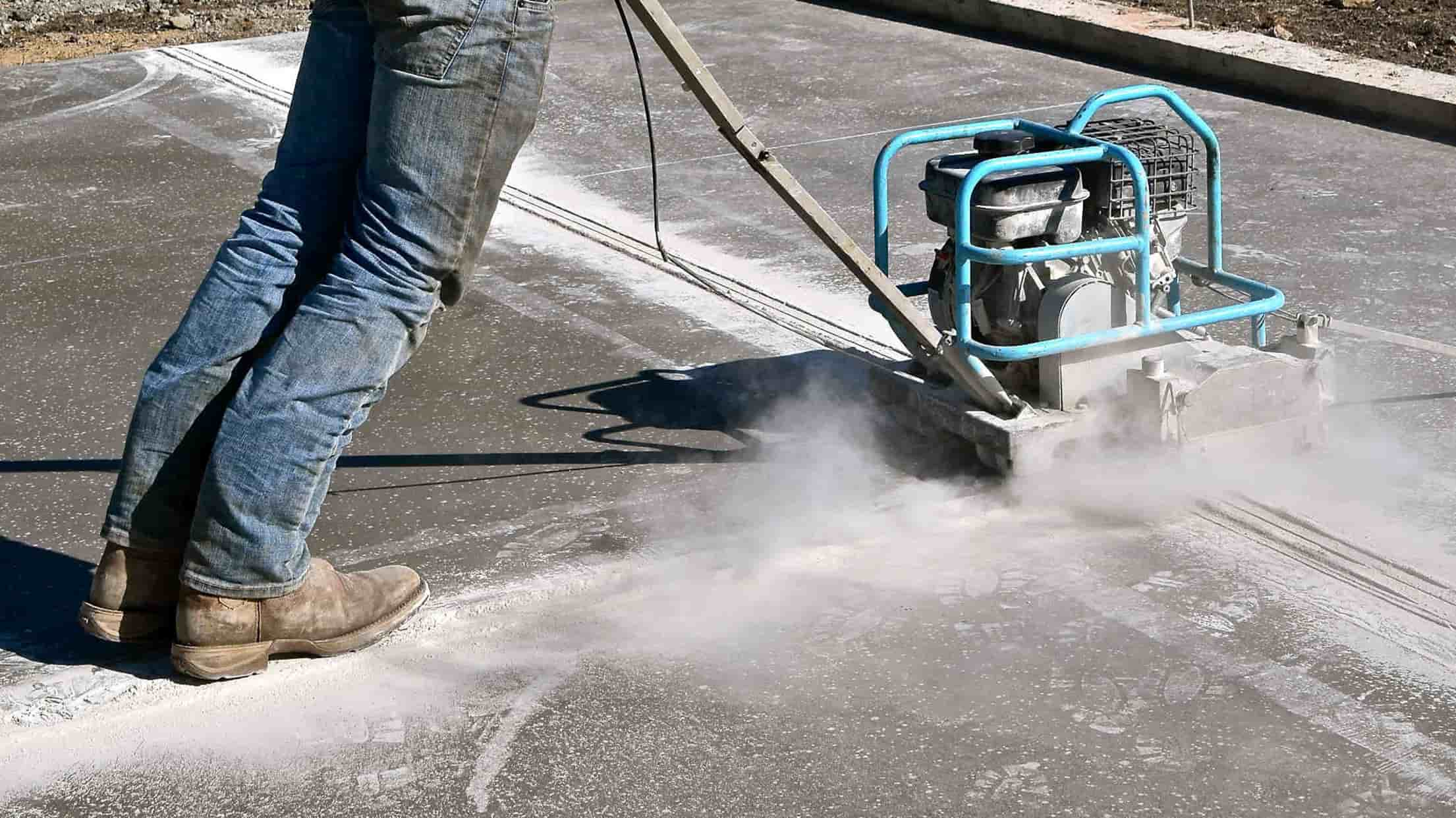With a foundation replacement, the choice of material is essential. Concrete is a popular foundation material. It is incredibly strong, but with pressure and temperature changes, it can shift and crack under stress. Concrete expansion joints ensure your home’s concrete foundation will remain strong, even in extreme conditions. Below, we discuss what causes concrete cracks and how to repair concrete expansion joints.
What are concrete expansion joints?
When installed, concrete floors must be divided into separated sections, leaving a small gap between each slab. These gaps allow the concrete to shift over time without causing additional stress and eventual cracking. Although they all work toward a similar goal, there are three types of concrete expansion joints:
Control & expansion joints
Control and expansion joints are vertical mortar-filled joints. They aim to control the stress and tension as the concrete ages to prevent cracking. These joints control the cracking to avoid large expansion cracks that sacrifice structural integrity. Expansion joints are critical as concrete can expand under temperature changes.
Isolation joints
Isolation joints are the gap that separates a concrete slab from the surrounding structure. The purpose of isolation joints is to allow movement in the concrete without impacting the existing structures around it. Such structures include columns, signposts, and utility poles.
Construction joints
Construction joints allow space for horizontal movement in the concrete slab. Construction joints are necessary when pouring a new concrete slab beside an existing one.
Signs of damaged joints
If you’re concerned about the condition of your concrete joints, look out for these common signs of damage:
- Cracks or gaps in the joint
- Deformed concrete
- Discoloured concrete
- Loss of sealant in the joint
How to repair concrete expansion joints
Pay immediate attention if you notice any signs of damage in your concrete joints. Start by cleaning the joint of dust and debris, cleaning the joint with a pressure washer, and applying a bonding agent to the cracked joint.
The next step is to fill the gaps with a flexible sealant. Alternatively, you can install a pre-formed expansion joint filler. If damage is extensive, you may consider a full foundation replacement.
The most important step is preventative maintenance. Check the quality of the sealed gap every six months to a year. You can do this while you do your regular annual foundation inspection. When you see dust and debris in the joints, clear it away and ensure the joints are still doing their job.
If in doubt, call the experts
If you find cracks or have doubts about the quality of your concrete joints, you can always call the experts. The foundation is a critical part of every structure, allowing it to stand tall and strong, resisting the surrounding elements.
Grace Foundation offers a range of foundation installation and repair solutions, including foundation levelling, concrete repair, and more. Get in touch with our friendly and experienced team today for hassle-free, efficient service. Explore our website to learn more about our expert foundation services.

